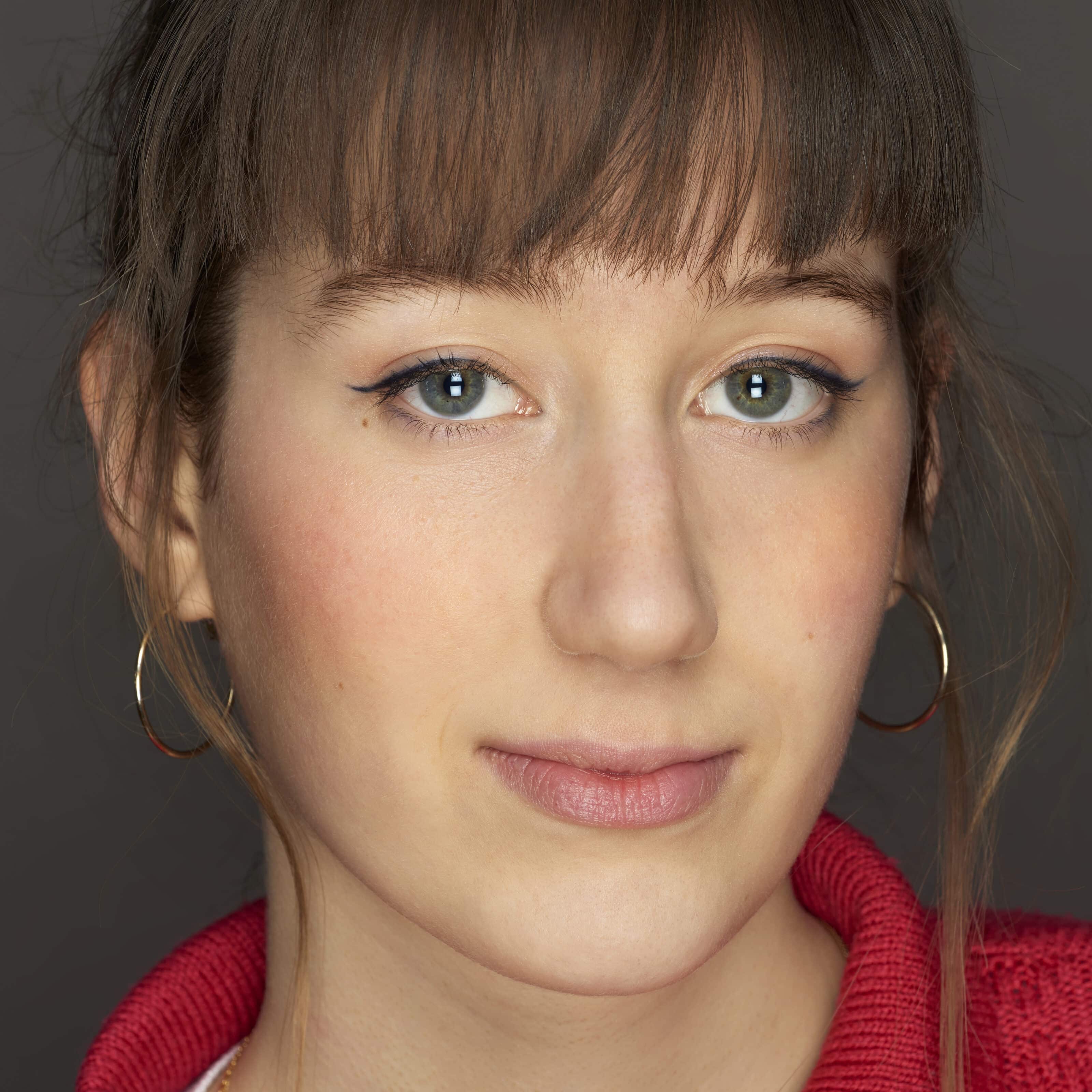Every April, the city of Bordeaux, in France, transforms itself into a place of artistic exploration as the Month of Photography takes center stage. Conceived as an itinerary showcasing emerging artists as well as established figures from the region...




